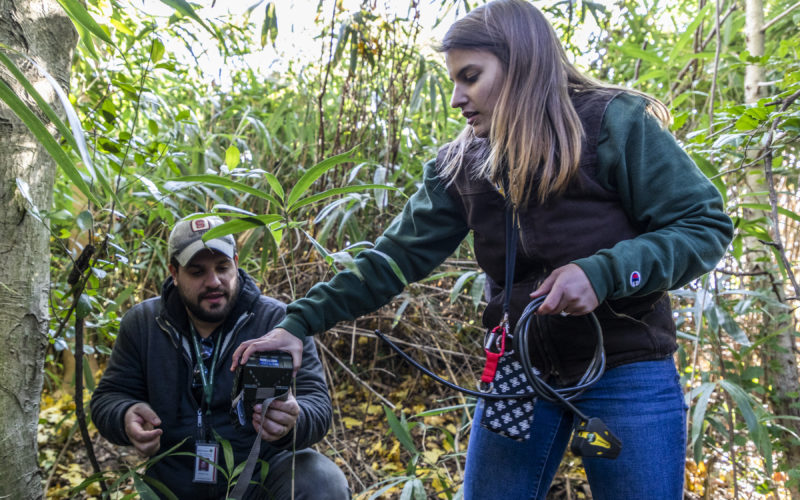Ever wondered what creatures might be roaming in your city when you’re not looking?
Across five continents, more than 100 Smithsonian research projects collect a continuous stream of data on wildlife using camera traps—motion-triggered cameras that clue scientists in on what’s happening when humans aren’t around.
This semester, George Mason University senior Jamie Fetherolf is contributing to the network firsthand, by setting up camera traps in Washington, DC, and analyzing the data with a Smithsonian conservation scientist at the Smithsonian-Mason School of Conservation.
“This is the first time this scale of a project has ever been done,” said Dr. Michael Cove, Fetherolf’s project mentor and a Smithsonian Postdoctoral Research Fellow. While most camera traps are set up in natural areas, this wildlife survey of DC places the cameras in urban environments like alleyways and neighborhoods, he explained. “That’s why it’s pretty exciting and a neat opportunity for Jamie.”


